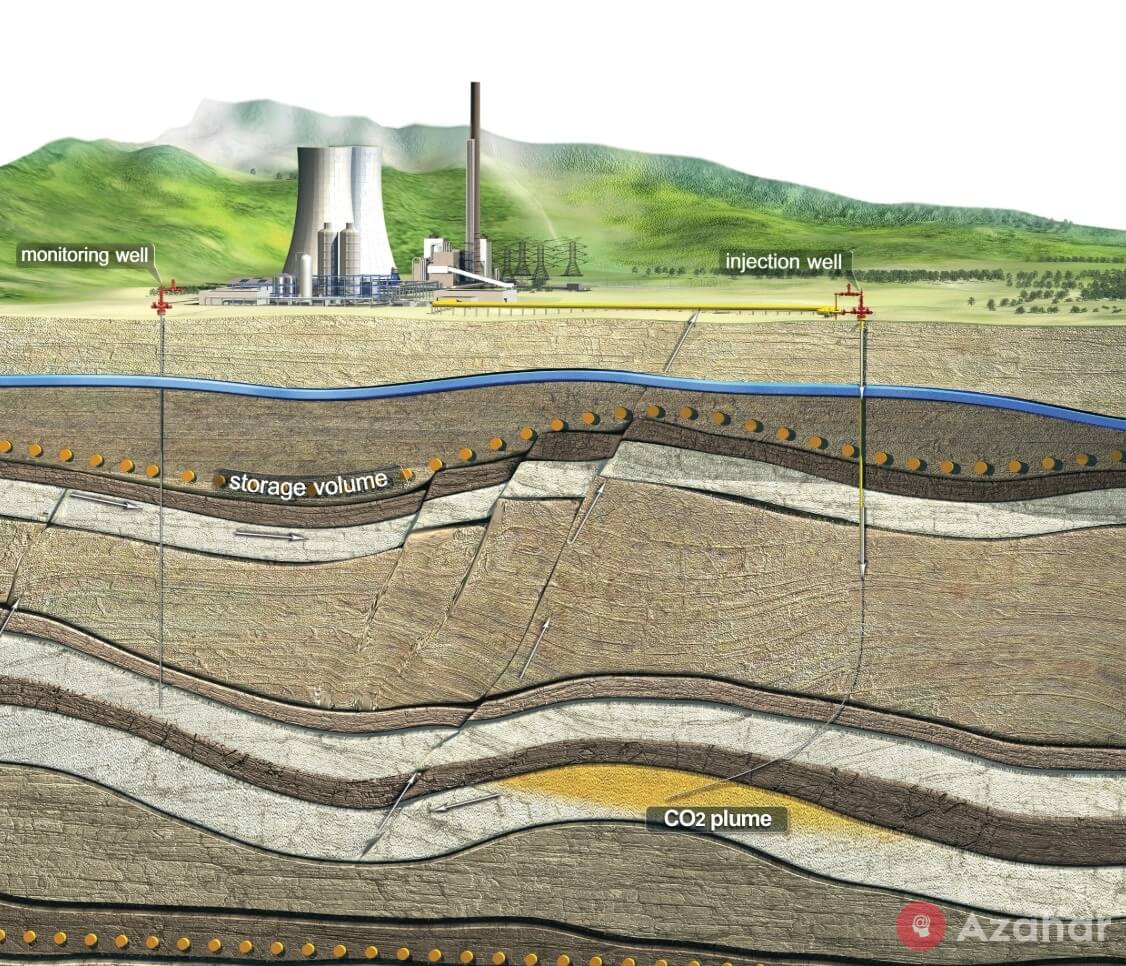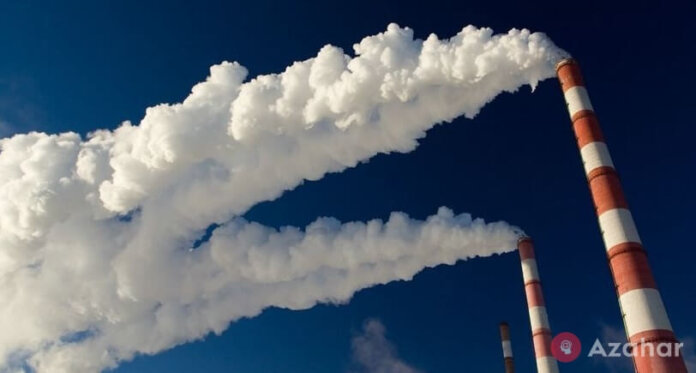CO2 injection technology: The international community, seriously concerned about the abundance of greenhouse gases, calls on countries that are major producers of pollutants to comply with quotas. In order to fit in the regulations, many European countries have to develop a series of measures to reduce emissions of CO2, and one of them – the injection of gas into underground storage facilities.
This may seem impossible, but the gas injection in underground reservoirs, along with the introduction of alternative energy and green technology, has been recognized as an effective and, most importantly, safe means for reducing the emission amount of CO2. The underground reservoirs may be voids left after the development of mineral resources, or any other natural reservoirs located underground.
Proponents of this method of utilization of carbon dioxide believe that the storage of gas in underground storage facilities is safe and gas in such a state can be stored for at least 100,000 years. Such conclusions were made based on observations of natural carbon dioxide reservoirs. Despite the fact that a number of experts claim that gas may for one reason or another leak back into the atmosphere or even cause an earthquake, similar projects are already being implemented by some countries of the world.
The leader in this industry is the Norwegian company Statoil, which is producing hydrocarbons in the North Sea. For more than 20 years, the underground storage of carbon dioxide has existed in the Sleipnir field, which is a by-product of natural gas production here. The seam of impermeable rocks protects the underground storage from gas leaks, and scientists monitoring the state of the storage assure that there is no cause for concern. Similar repositories exist in some other fields, and the majority of European politicians favor an increase in their number.
CO2 injection technology under the ground

But underground storage facilities seem to be a profitable option only for government officials and industrial enterprises, while ordinary Europeans are very suspicious of the introduction of such technologies. This is confirmed by mass protests in Germany and Norway, because of which the leadership of these countries had to cancel the planned construction of storage facilities. It is not without reason that people believe that the tightness of the repository may be disturbed as a result of natural or man-made disasters, and then a huge amount of toxic gas will burst out.
But you still have to do something with gas, because, as measurements show, the average annual temperature on the globe has increased by 1.5 degrees over the last century. This is a very significant indicator that testifies to global climate changes occurring on Earth. Industrialized countries, which are the main suppliers of CO2 to the atmosphere, are frantically searching for ways to solve the problem, but at the moment these efforts are, unfortunately, not enough.
